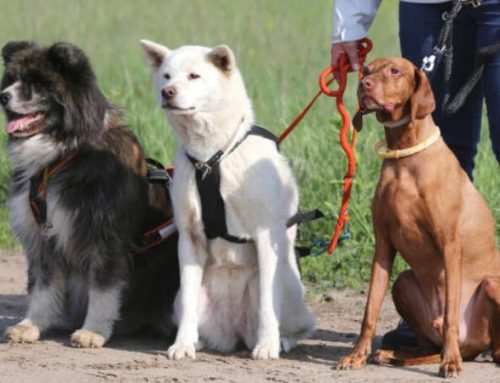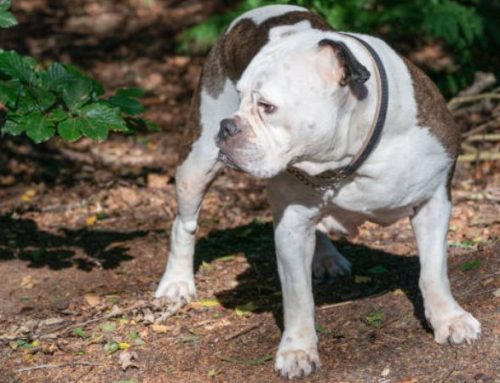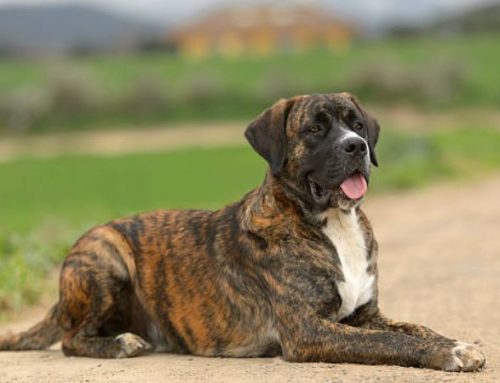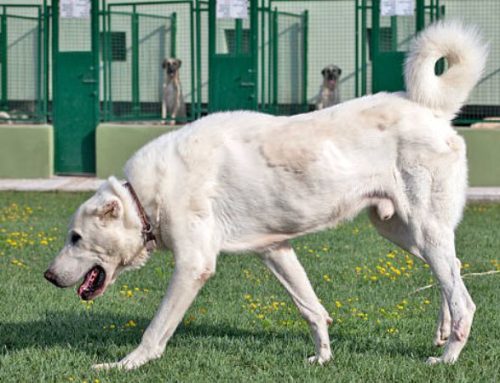Alaskan Malamutes have long been trusted companions, known for their strength and endurance in some of the harshest environments on earth. While their rugged nature is part of what makes them so special, it also means they can face certain health challenges unique to their breed.
In this article Nexus-pet will explore the top 10 health issues every Alaskan Malamute owner should know about to help keep their dog healthy and thriving.

1. Hip and Elbow Dysplasia
Hip and elbow dysplasia are developmental conditions that affect the joints of large dog breeds like the Alaskan Malamute. These disorders occur when the ball-and-socket joint of the hip or the hinge joint of the elbow do not form properly, leading to joint instability, pain, and arthritis over time. Owners might notice signs such as limping, difficulty getting up after resting, or reluctance to run and jump.
Maintaining a healthy weight and providing moderate, consistent exercise can help reduce stress on the joints. In many cases, veterinarians recommend physical therapy, pain management, or even surgical correction, such as joint replacement or realignment, to improve mobility and quality of life. Early diagnosis through veterinary X-rays is key to managing this condition effectively.
2. Cataracts
Cataracts in dogs refer to the clouding of the eye’s lens, which gradually blurs vision and can ultimately lead to blindness if left untreated. This condition is often hereditary but can also develop with age or secondary to other diseases like diabetes. You might observe your Malamute squinting, bumping into objects, or having a noticeable grayish or milky appearance over their eyes.
Early detection through regular veterinary eye exams allows for timely intervention. Surgical removal of cataracts is a well-established procedure that can restore sight, dramatically improving your dog’s day-to-day life. Protective measures and antioxidant supplements may help slow progression but aren’t a substitute for surgery.

3. Hypothyroidism
Hypothyroidism is a common endocrine disorder in Alaskan Malamutes caused by insufficient production of thyroid hormones, which regulate metabolism and overall bodily functions. Affected dogs often experience unexplained weight gain despite no change in diet, decreased energy, thinning or dull coats, and recurrent skin infections or ear problems.
Diagnosis is confirmed through blood tests measuring thyroid hormone levels. Treatment typically involves daily hormone replacement therapy that must be carefully monitored with routine veterinary check-ups. With proper management, dogs can live happy, active lives, but untreated hypothyroidism can lead to serious complications.
4. Chondrodysplasia (Dwarfism)
Chondrodysplasia is a hereditary condition characterized by abnormal development of cartilage and bone, resulting in disproportionately short limbs—a form of dwarfism. This disorder manifests early in life and can be detected through genetic testing and physical evaluation.
Affected puppies may have difficulty walking or suffer from joint deformities, which can impact their quality of life. Ethical breeding practices demand testing potential breeding dogs to avoid passing this condition to offspring. While there is no cure, supportive care such as physical therapy and pain management can help affected dogs live more comfortably.
5. Polyneuropathy
Polyneuropathy is a progressive neurological disorder affecting the peripheral nerves, which control muscle movement and sensation. In Alaskan Malamutes, symptoms often appear as muscle weakness, frequent stumbling, a high-stepping or uncoordinated gait, and changes in the dog’s bark or voice.
The disease can vary in severity, but unfortunately, no cure exists. Supportive care—such as physical therapy, pain relief, and adapting the home environment to prevent injury—can improve quality of life for dogs with mild to moderate symptoms. In severe cases, euthanasia may be considered to prevent suffering.

6. Gastric Dilatation-Volvulus (Bloat)
Gastric Dilatation-Volvulus (GDV), or bloat, is a sudden and life-threatening condition where the dog’s stomach fills with gas and twists on itself, cutting off blood supply. Deep-chested breeds like the Alaskan Malamute are especially vulnerable. Signs of bloat include a visibly swollen abdomen, restless pacing, drooling, and unsuccessful attempts to vomit.
This condition requires immediate emergency veterinary intervention, often involving surgery to untwist the stomach and secure it to prevent recurrence. Preventive measures include feeding smaller, more frequent meals, avoiding exercise before and after meals, and, in high-risk dogs, considering a preventive surgical procedure called gastropexy.
7. Arthritis
Arthritis is a degenerative joint disease that commonly affects older Alaskan Malamutes due to normal wear and tear on the joints. Affected dogs often show stiffness, slower movements, and hesitation to climb stairs or jump.
Pain management is crucial and typically involves medications, joint supplements (such as glucosamine and chondroitin), and maintaining a healthy body weight to reduce joint stress.
Gentle, low-impact exercises like swimming or leash walks can help preserve joint flexibility and muscle strength. Providing an orthopedic bed can offer additional comfort by relieving pressure on aching joints.
8. Zinc Deficiency
Zinc-responsive dermatosis is a skin disorder frequently seen in Alaskan Malamutes, caused by a genetic predisposition to poor zinc absorption. This deficiency leads to symptoms like patchy hair loss, scaly or crusty skin, redness, and frequent infections. Diagnosis is confirmed with blood tests measuring zinc levels.
Treatment requires careful supplementation of zinc, either through diet or medication, but over-supplementing can be toxic, so veterinary guidance is essential. Feeding a balanced, high-quality diet rich in zinc is important to prevent this condition and maintain a healthy coat.

9. Progressive Retinal Atrophy and Other Eye Conditions
Progressive Retinal Atrophy (PRA) is a hereditary degenerative eye disease that leads to gradual loss of vision and eventual blindness. Dogs may initially show night blindness or difficulty navigating in dim light, followed by worsening eyesight. Other eye conditions in Malamutes can include corneal dystrophy and day blindness.
There is no cure for PRA, but early diagnosis via genetic testing and routine ophthalmologic exams allows owners to prepare and make environmental adaptations to support their dog’s safety. Keeping the home layout consistent and using assistive devices like dog goggles can help maintain your Malamute’s quality of life.
10. Skin Conditions and Allergies
Alaskan Malamutes are prone to a variety of skin issues, including allergies (both environmental and food-related), bacterial or yeast infections, and sebaceous cysts. These problems often cause itching, redness, hot spots, rashes, and patchy fur loss. Regular grooming is essential to keep the coat clean and free from irritants.
A nutritious diet with essential fatty acids supports skin health, while prompt veterinary care can address infections and allergic reactions. Identifying and eliminating allergens from your dog’s environment is critical to minimizing flare-ups and ensuring comfort.
By understanding these top 10 health concerns, you’re better equipped to provide your Alaskan Malamute with the proactive care they need. Regular vet check-ups, a healthy diet, and a watchful eye are the best ways to ensure your companion lives a long, happy, and healthy life.






